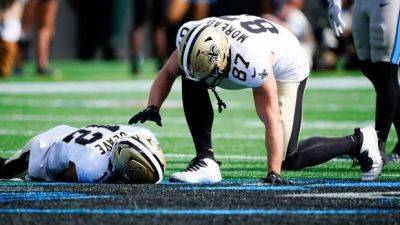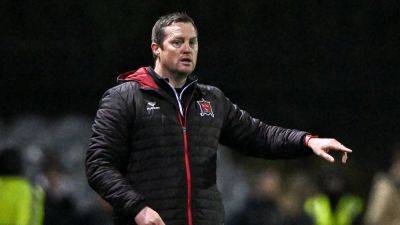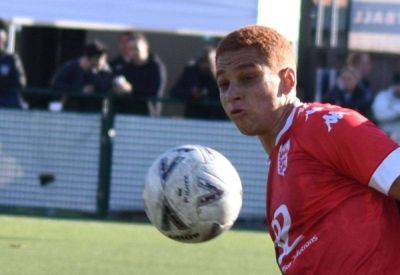ACL injuries plague WSL less than five weeks into the season
MANCHESTER, England : When Sofie Lundgaard went down with a torn anterior cruciate ligament earlier this month, the Liverpool midfielder joined an alarming list of Women's Super League players to suffer the devastating knee injury - barely four weeks into the season.
Everton's Inma Gabarro and Aurora Galli, injured within eight days of each other, and Chelsea's Jorja Fox and Sophie Ingle are also expected to be lost for the season in an issue that continues to torment the women's game.
"There has basically been one per round (week) of fixtures," Alex Culvin of global players' union FIFPRO, said in an interview with Reuters. "I would say there has been a spate of ACL injuries over the last couple of weeks ... it's quite a lot."
FIFPRO, the Professional Footballers' Association, Nike and Leeds Beckett University teamed up in April to launch Project ACL, a three-year study focusing on England's 12-team WSL and looking at the multifaceted risk factors - rather than simply differences in anatomy - that make female players two to six times more susceptible than male players.
"Last year, in the men's Premier League there were 10 (ACL injuries) in total (over 38 weeks), and so there's a real difference," said Culvin, FIFPRO's Director Global Policy & Strategic Relations, Women's Football.
The environmental differences are many, said Culvin, including everything from playing and training pitches to physiotherapy and travel, but there is still a "frustrating" tendency, Culvin said, to look at one factor.
"Everyone's like, 'Oh, it's because women's hips are different, or their running gait is slightly different or it's the boots'," she said. "You can't just point to one thing."
Close to six months into the study, Culvin said they have








